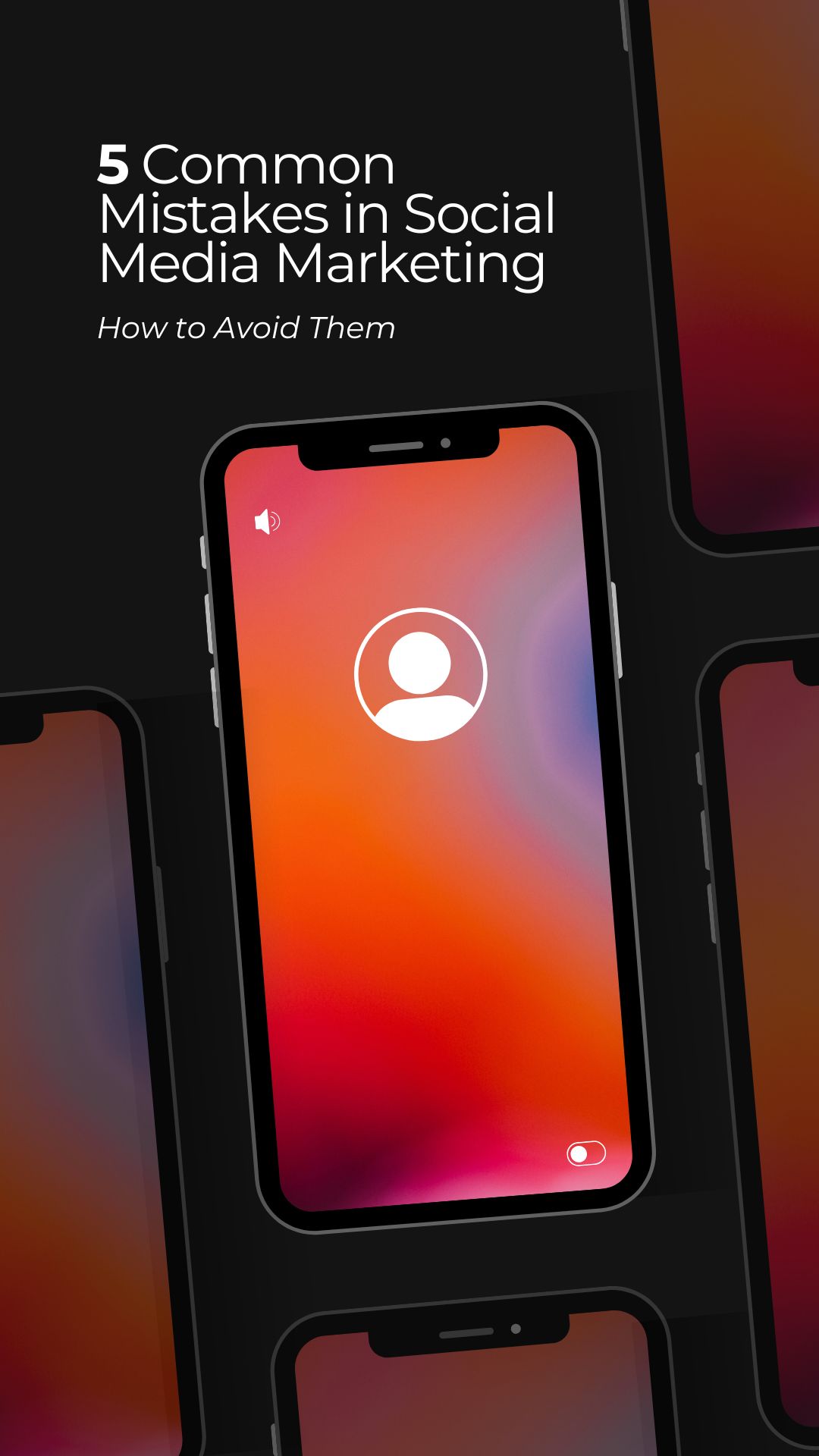
An omnichannel marketing strategy aims to create a seamless customer experience across all channels and touchpoints, integrating both online and offline interactions. Here’s a guide to building an effective omnichannel marketing strategy, along with tips and tools to help you succeed.
1. Understand Your Audience
- Customer Data Analysis: Use data analytics to understand customer behavior, preferences, and journey.
- Segmentation: Segment your audience based on demographics, behaviors, and purchase history to tailor your messaging.
- Customer Personas: Develop detailed customer personas to guide your marketing efforts.
2. Map the Customer Journey
- Identify Touchpoints: Determine all the touchpoints where customers interact with your brand, both online and offline.
- Journey Mapping: Create a customer journey map to visualize the path customers take from awareness to purchase and beyond.
- Pain Points: Identify pain points and opportunities for improvement at each stage of the journey.
3. Ensure Consistent Messaging
- Brand Voice and Tone: Maintain a consistent brand voice and tone across all channels.
- Unified Content: Ensure that your content is consistent in messaging and design, regardless of the platform.
- Cross-Channel Campaigns: Develop campaigns that work seamlessly across multiple channels, reinforcing the same message.
4. Integrate Marketing Channels
- Centralized Data Platform: Use a centralized platform to manage customer data and interactions across channels.
- Marketing Automation: Implement marketing automation tools to streamline and coordinate your efforts across different channels.
- Cross-Channel Analytics: Track and analyze data from all channels to gain a comprehensive view of your marketing performance.
5. Leverage Personalization
- Dynamic Content: Use dynamic content to personalize messaging based on customer behavior and preferences.
- Personalized Offers: Offer personalized promotions and recommendations to enhance the customer experience.
- AI and Machine Learning: Utilize AI and machine learning to predict customer needs and deliver personalized experiences at scale.
6. Optimize for Mobile
- Mobile-Friendly Design: Ensure all digital content is mobile-friendly, as many customers interact with brands on mobile devices.
- Responsive Websites: Develop responsive websites that provide a seamless experience across devices.
- Mobile Apps: If applicable, create a mobile app to provide additional value and engagement opportunities.
7. Measure and Refine
- Key Metrics: Identify key performance indicators (KPIs) such as engagement, conversion rates, customer retention, and customer satisfaction.
- A/B Testing: Conduct A/B tests to determine what works best and continuously optimize your strategy.
- Customer Feedback: Collect and analyze customer feedback to make informed improvements.
Tools for Omnichannel Marketing
- CRM Systems
- Salesforce: A comprehensive CRM platform that integrates with various marketing tools.
- HubSpot: A user-friendly CRM with robust marketing automation features.
- Marketing Automation
- Marketo: Provides tools for email marketing, lead management, and analytics.
- Mailchimp: Offers email marketing, automation, and integration with other platforms.
- Analytics and Data Management
- Google Analytics: Essential for tracking website performance and customer behavior.
- Tableau: A powerful tool for data visualization and business intelligence.
- Personalization and Customer Experience
- Optimizely: Helps create personalized web experiences through A/B testing and optimization.
- Segment: A customer data platform that collects and unifies customer data for better insights.
- Social Media Management
- Hootsuite: Manages and schedules social media posts across multiple platforms.
- Sprout Social: Provides social media management, analytics, and engagement tools.
- E-commerce Platforms
- Shopify: An e-commerce platform that integrates with various marketing tools.
- Magento: Offers extensive customization and integration options for online stores.

Conclusion
Building an omnichannel marketing strategy involves understanding your audience, mapping their journey, ensuring consistent messaging, integrating channels, leveraging personalization, optimizing for mobile, and continuously measuring and refining your efforts. By utilizing the right tools and techniques, you can create a cohesive and engaging customer experience that drives growth and loyalty.


































































